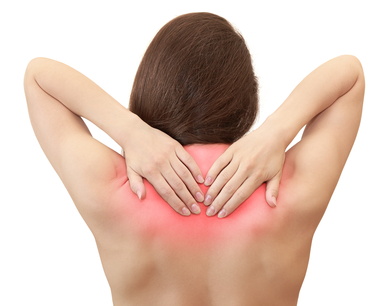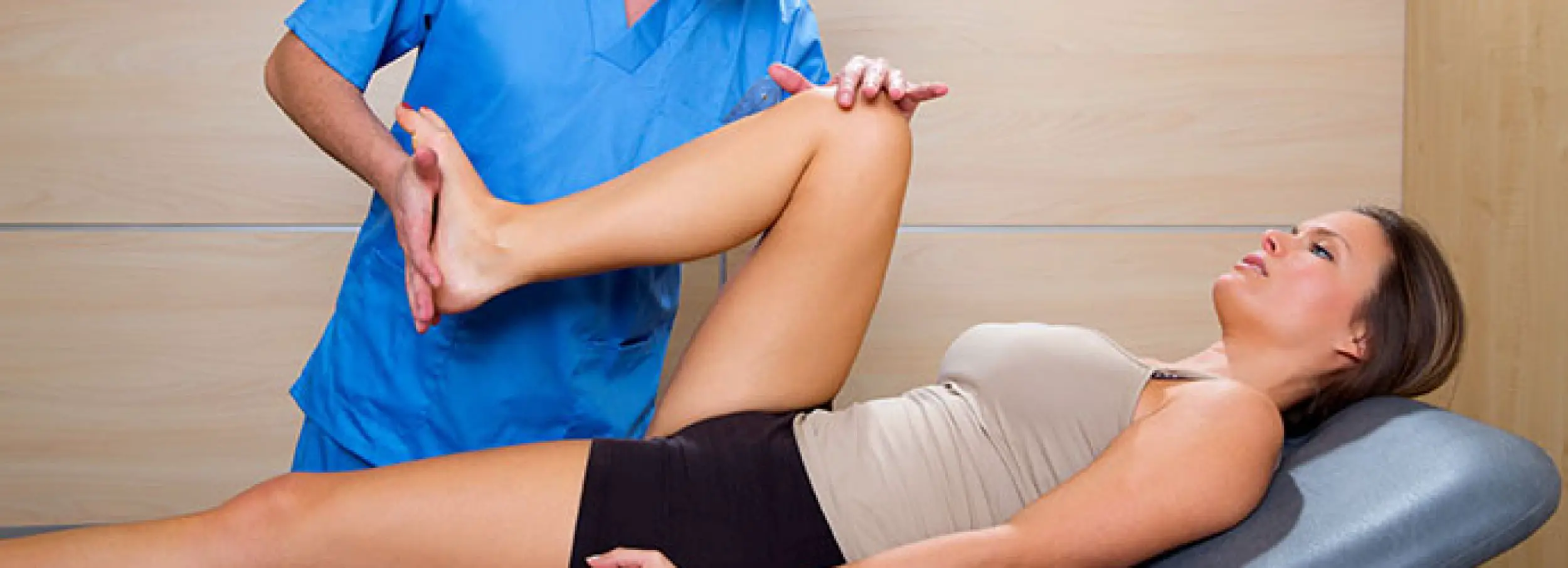Back pain is one of the most common complaints in the emergency room, but there are so many clinical entities causing back pain that incorrect and misled diagnoses are common. Some ailments remain undetected for a long time while patients endure painful symptoms over the years. That’s why it is useful to narrow down our search, allowing our doctor to understand the symptoms by being as specific as possible and recollecting every apparently meaningless detail about back pain.

The most common sources of back pain are usually located in two distinct areas of the body: the lower back near the buttocks and the upper back between the shoulder blades. In this article, you will find helpful information about upper back pain focused on the upper back area, the possible diagnoses, and what can you do to find relief.
Deep structures in your upper back. Which one is causing you the most trouble?
The upper back does not cause as much pain as the lower back in general, and this is because the latter holds your upper body and it is quite susceptible to both emotional and mechanical stresses. But even if your upper back does not cause you as much trouble, it is significant at times, out of nowhere you feel the throb and twinge of trouble: a throbbing pain between your shoulder blades and you have no idea why……..
So you might think there are not many skeletal and muscular structures in your upper back, but you should thinkagain. There are vertebrae, and your airways deep within that area. However, there is also a smaller framework in and between your vertebrae including cushion structures and nerves with thousands of connections. The problems begin to mount up and entangle once we also include ligaments and muscles attaching all over the place and nerves causing what clinicians call referred pain (pain arising from far away organs and being felt somewhere else in the trajectory of the nerve). So, after taking a closer look, upper back pain might be even more complicated.
What are the most likely causes?
There are plenty of diagnoses to rule out, but you don’t need to consider a rare disease unless you have a sustained type of pain that does not go away with the usual medications. That’s why, in this article, we have included the most common causes of pain in the upper back between shoulder blades:
- Posture problems: This is probably the most common cause of upper back pain. Crouching, sitting for a long time with an inadequate posture, using an inadequate chair, and even high pillows and an uncomfortable night’s sleep might give you this type of problem. It might become even worse if you’re overweight because it adds extra pressure on the back muscles, and bad posture habits make your upper back weak and susceptible.
- A bad movement: It is common to experience upper back pain after an improper technique when you’re trying to lift a heavy object over your head. It is also common in athletes who perform an incorrect technique or those who undergo sports injuries. Lifting something heavy can give you a contracted muscle that will keep on hurting for a long time.
- An accident or injury: Be extra careful if your pain started after an accident or an injury. Your doctor might need to rule out a strain injury to the ligaments or muscles in your back and may even need to perform X-rays to detect a fractured vertebra. This cause of upper back pain is definitely not one to solve at home.
- A misaligned spine: There are plenty of misalignments, including a spine going sideways (scoliosis), or either performing an abnormal inward curve (lordosis) or an outward curve (kyphosis). If the deformity is severe enough, you can even get a pinched nerve and tingling in your arms and hands. This is a long-lasting problem, it should be assessed by your doctor, but there are plenty of exercises you can do at home.
- Osteoarthritis: It features a progressive wear down of the cartilages, which serve as cushions for your vertebrae. Thus, if you have osteoarthritis, it might give you a continuous pain and even press your spinal nerves when it’s severe enough. Similar to a misaligned spine, it is a long-lasting condition you can control at home but needs to be assessed by a clinician
DO SOMETHING ABOUT IT!
What can you do to relieve pain in your upper back? It depends on the cause, but there are many options if you want to control this type of pain at home. In this article, we are going to list the most effective and accessible:
- Cold compresses and hot packs: You can buy a compress and leave it on the fridge or just wrap ice in a towel to apply in the area. Alternating hot and cold or having a hot bath is also useful. This temperature therapy works best for those conditions associated with a muscle contracture, as in the case of bad movements and bad posture.
- Stretches and exercises: A muscle contracture and spinal misalignments usually improve when performing a series of exercises to stretch and strengthen the muscles in your back. Most stretching exercises involve sitting upright, lifting your arms to the front and sideways or tilting your head if your upped back pain radiates to the base of your neck. You can also lay with your back on the floor and gently lift your hip.
- Over-the-counter medications: Ibuprofen is often used to relieve this type of pain, especially in severe cases. There are plenty of other options to choose from if your allergic, but be careful to follow the directions of your doctor or those written in the package.
- CBD oil: A modern alternative to improve most types of back pain is CBD Hemp oil. Cannabidiol (CBD) is a safe medication you can apply topically or ingest depending on the presentation, and it has a potent anti-inflammatory and analgesic effect to improve most types of pain, including upper back pain.
As a summary, we will include in the following table the causes of upper back pain we have listed before and the solutions we can give to each one of them:
| Condition | Problem | Solution |
| Posture problem ? | Weak back muscles | Stretching and strengthening exercises. Improving posture. Medications or CBD oil. |
| Bad movements | Muscle contracture | Cold compresses and hot packs. Medications or CBD oil. |
| Accident injury | To be determined by your clinician | Medical attention advised |
| Misaligned Spine | Weak back muscles, pinched nerves, structural abnormalities | Medical attention advised. Strengthening and stretching exercises. CBD oil. |
| Osteoarthritis | Wear down of cartilage | Medical attention advised. CBD oil. |
CLICK HERE FOR WIKIHOW UPPER BACK PAIN TREATMENTS (WITH PICTURES)
References:
Hanvold, T. N., Veiersted, K. B., & Wærsted, M. (2010). A prospective study of neck, shoulder, and upper back pain among technical school students entering working life. Journal of Adolescent Health, 46(5), 488-494.
McIntosh, G. (1999). Back pain prognostic factors, a cohort study of 1,752 patients of a national rehabilitation clinic system(Doctoral dissertation, National Library of Canada= Bibliothèque nationale du Canada).
Haroutounian, S., Ratz, Y., Ginosar, Y., Furmanov, K., Saifi, F., Meidan, R., & Davidson, E. (2016). The effect of medicinal cannabis on pain and quality-of-life outcomes in chronic pain. The Clinical journal of pain, 32(12), 1036-1043.
Bruni, N., Della Pepa, C., Oliaro-Bosso, S., Pessione, E., Gastaldi, D., & Dosio, F. (2018). Cannabinoid delivery systems for pain and inflammation treatment. Molecules, 23(10), 2478.
